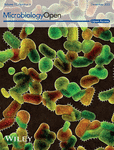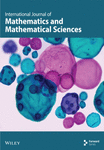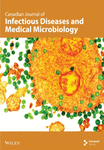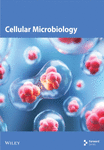Journal list menu
Export Citations
Download PDFs
ORIGINAL ARTICLES
Comparison of one-step with two-step production of Bacillus atrophaeus spores for use as bioindicators
- First Published: 03 November 2022

The production method of spores significantly influences the resistance of spores used as bioindicators (BI) in the validation of sterilization of packaging material surfaces in aseptic food manufacturing. Therefore, the standardization of the spore production method represents an important and desirable goal in industrial BI production to ensure reliable validation test results. A one-step manufacturing process was investigated in this work to reduce production complexity. Compared to the recommended two-step manufacturing process, almost 10-fold higher yields can be realized.
ISSUE INFORMATION
ORIGINAL ARTICLES
Observations on the interaction between plant growth-promoting bacteria and the root-knot nematode Meloidogyne javanica
- First Published: 26 November 2022
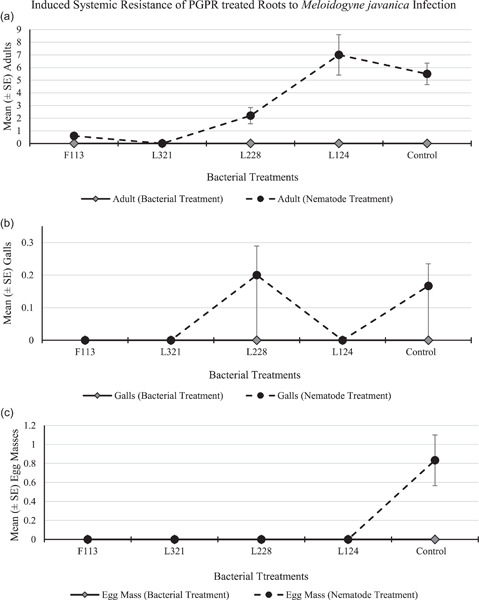
Pseudomonas fluorescens produces compounds that increase plant growth, biocontrol, and adaptation to stress. Antagonistic effects of these strains against nematode Meloidogyne javanica were assessed in vitro and in vivo in tomato plants. Results suggest that P. fluorescens L124 is an effective plant growth promoter of tomato plants and P. fluorescens L321 was capable of M. javanica suppression. In an agricultural context, pretreating seeds and applying successional bacterial drenches would encourage positive plant bacterial interactions and increase antagonistic effects against M. javanica.
Diversity and composition of the microbiome associated with eggs of the Southern green stinkbug, Nezara viridula (Hemiptera: Pentatomidae)
- First Published: 07 December 2022
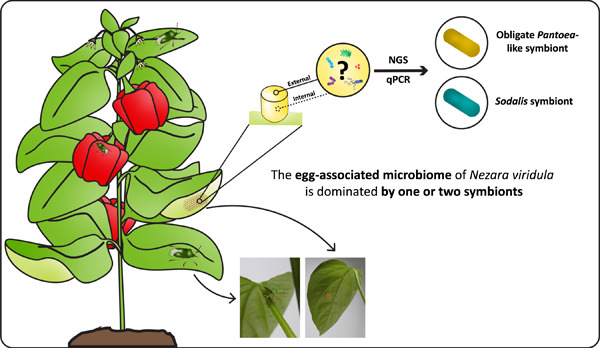
In this study, we assessed the composition and establishment of the microbiome of insect eggs using the Southern green stinkbug Nezara viridula (Hemiptera: Pentatomidae) as a study object. Our results show that the egg-associated bacterial microbiome is species-poor and dominated by a few symbionts, particularly the species-specific obligate Pantoea-like symbiont.
A yeast-based tool for screening mammalian diacylglycerol acyltransferase inhibitors
- First Published: December 2022
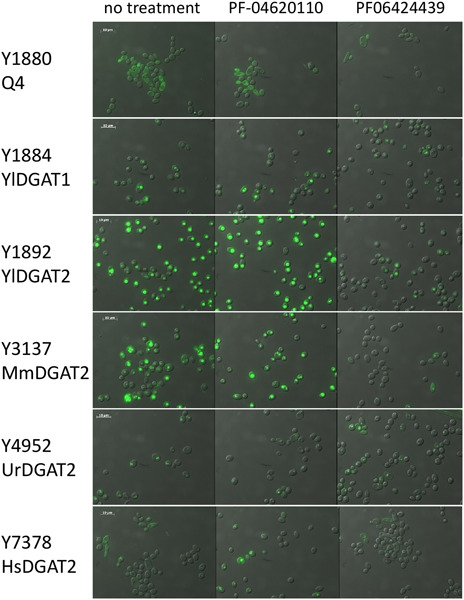
The diacylglycerol acyltransferase (DGAT) enzymes catalyze the final step of the triacylglycerol biosynthesis by esterification of a fatty acyl moiety to a diacylglycerol. Murine and human DGAT2 were overexpressed in the strains of oleaginous yeast Yarrowia lipolytica deleted for all DGAT activities. Heterologous DGAT functionality was validated and response specificity to known DGAT inhibitors was evaluated. This work provides proof of principle for using these strains as a screening system for libraries of molecules to discover new inhibitors or activators of these enzymes of particular therapeutic interest.
The emergence of the tetrathionate reductase operon in the Escherichia coli/Shigella pan-genome
- First Published: 06 November 2022
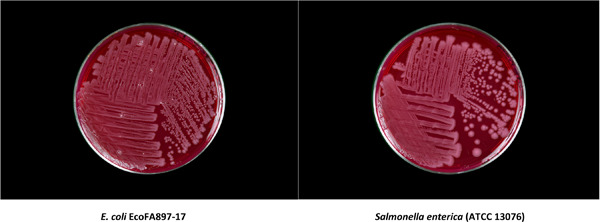
In recent years, the severity of some outbreaks of food-borne illness ascribed to Escherichia coli has been recognized as due to enhanced virulence brought about by altered genetic characteristics of the implicated pathovars. Herein, we report the isolation of a strain of E. coli possessing a virulence factor normally associated with gastrointestinal infections by Salmonella or Citrobacter. We further provide a detailed examination of the extent and distribution of the tetrathionate reductase genes within strains of E. coli, Shigella flexneri, and Shigella sonnei deposited in Genbank.
Characterizing viral samples using machine learning for Raman and absorption spectroscopy
- First Published: 05 December 2022
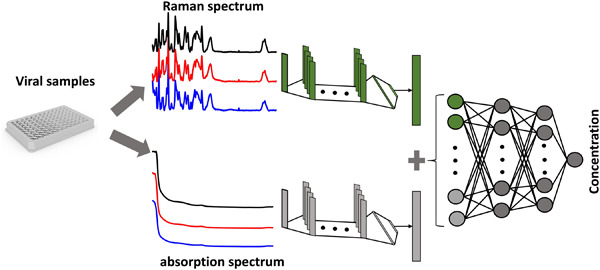
We applied machine learning techniques to Raman and absorption spectra to determine the concentration of samples containing viral particles (measles, mumps, rubella, and varicella-zoster viruses). We proposed two different networks to jointly use the Raman and absorption spectra, where our results demonstrated that concatenating the Raman and absorption data increases the prediction accuracy compared to using either Raman or absorption spectrum alone. Ultimately we were able to make predictions with accuracies as high as 95%.




